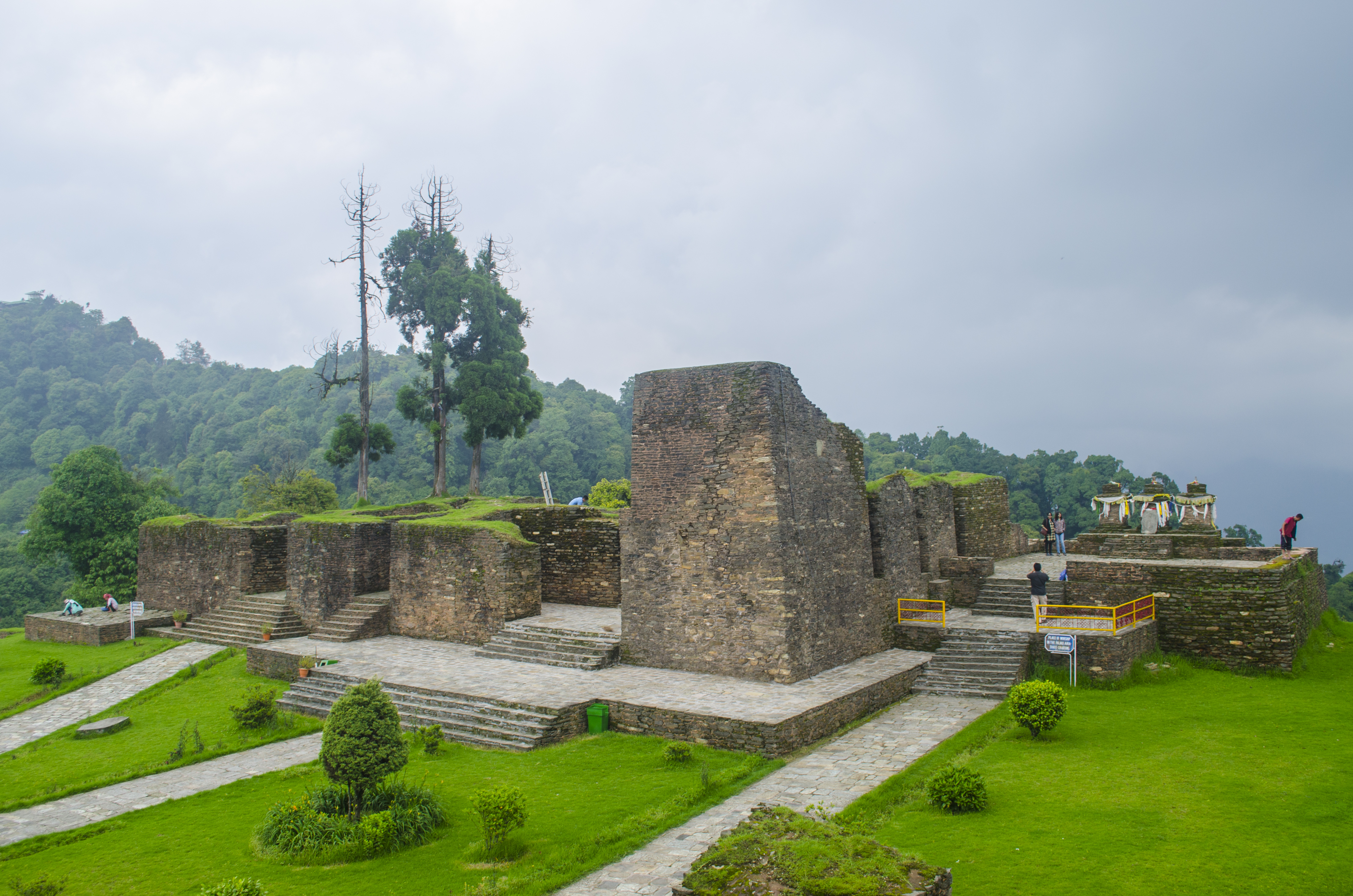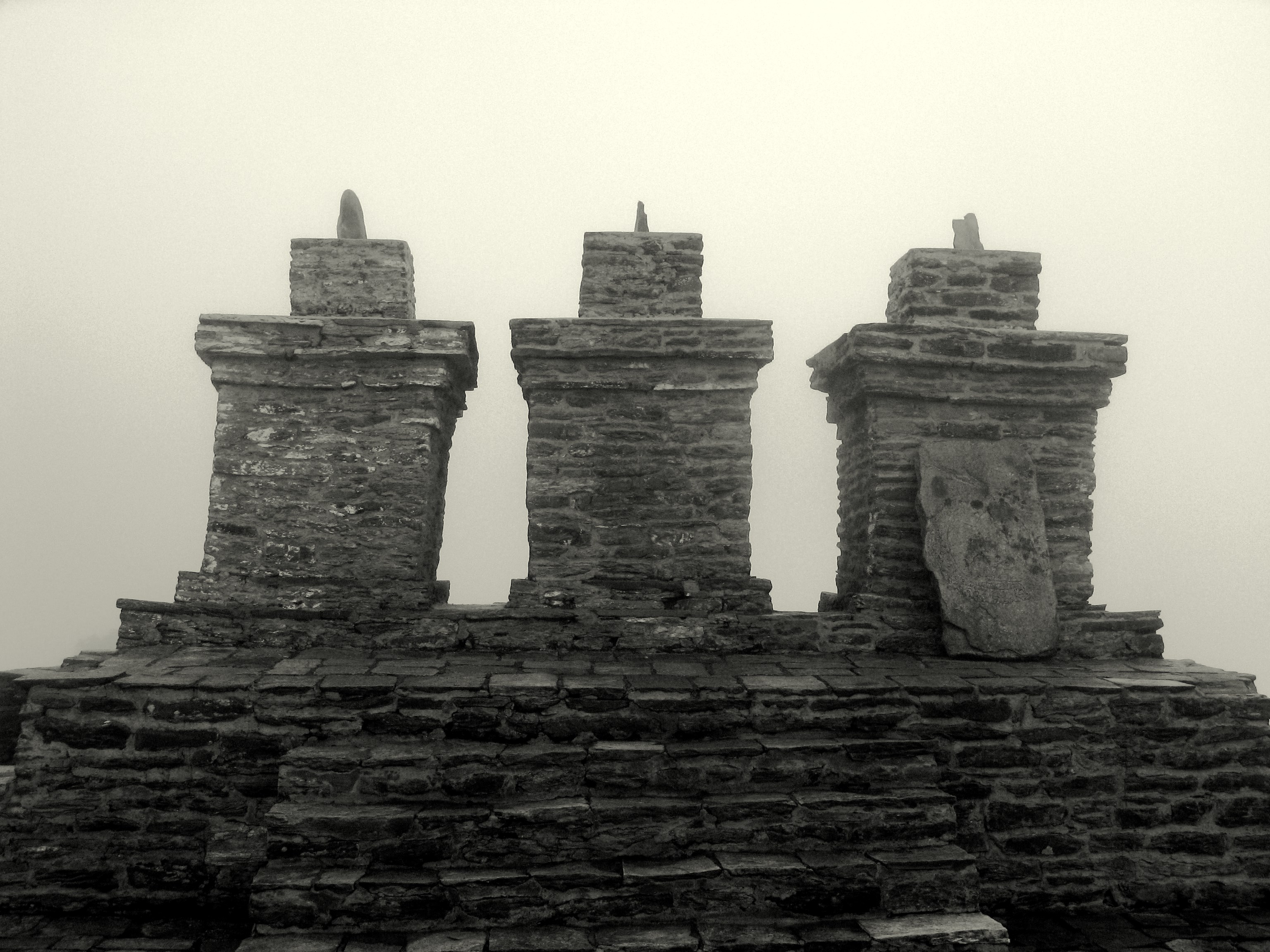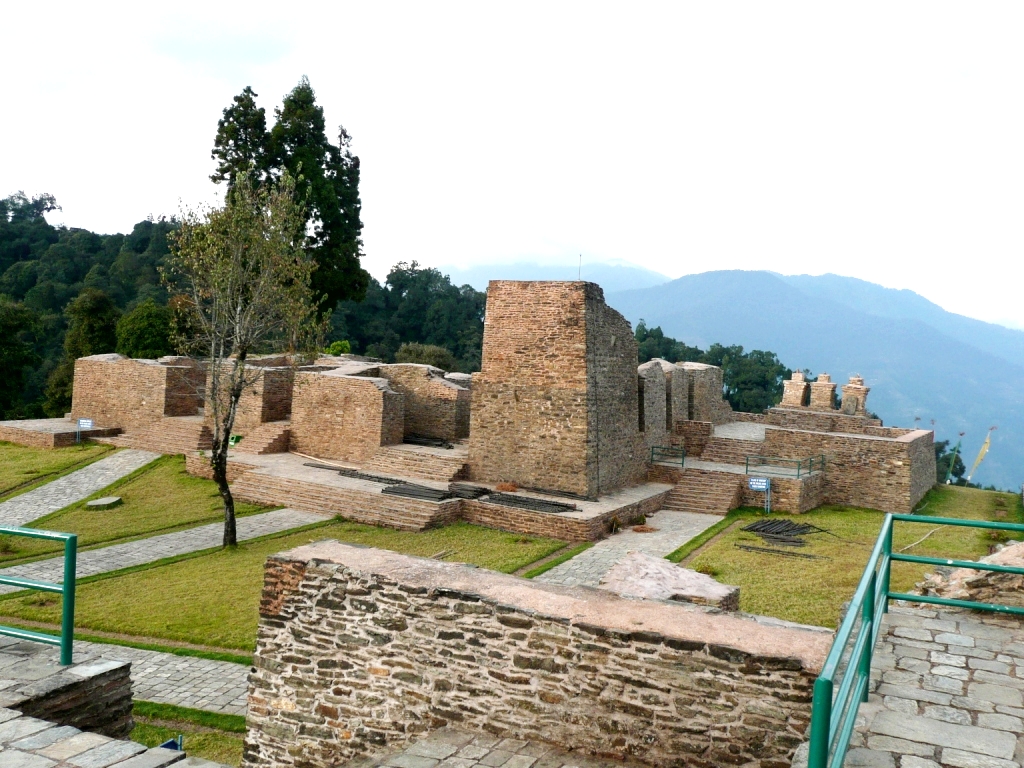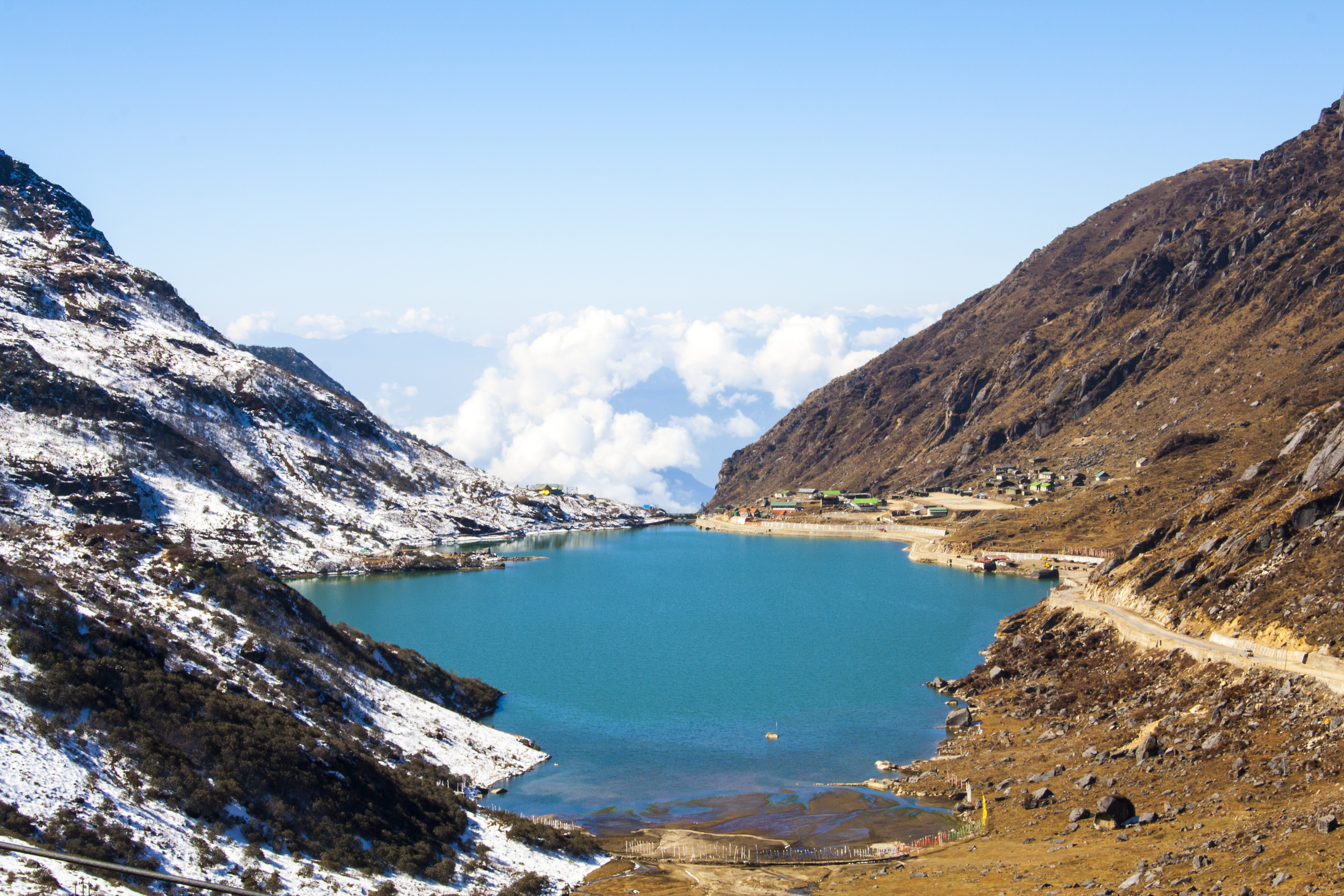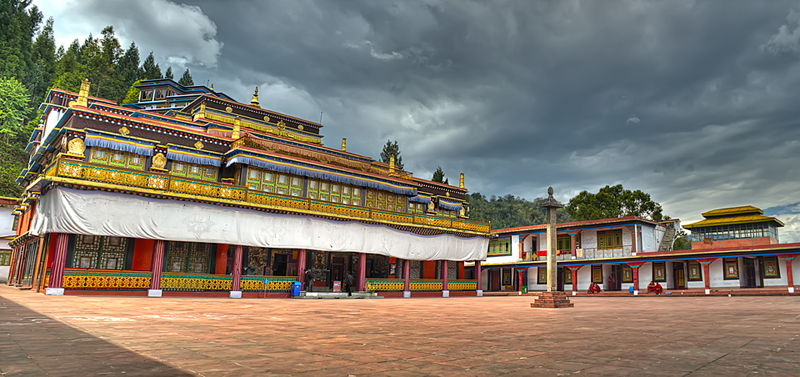Rabdentse, nestled in the verdant landscapes of Sikkim, represents a profound narrative of political transformation and cultural resilience. As the second capital of the Namgyal dynasty, it embodies the complex tapestry of Himalayan geopolitics during the 17th and 18th centuries. Its strategic location on a ridge offered both defensive advantages and a symbolic platform for royal governance, reflecting the nuanced challenges faced by the kingdom.
The site's architectural remnants tell a story of sophisticated engineering and cultural adaptation. Local stone masonry, primarily utilizing schist and sandstone, demonstrated advanced construction techniques that allowed structures to withstand harsh mountain climates. Thick stone walls and intricate woodwork revealed not just defensive capabilities but also artistic sensibilities that characterized the Chogyal era's technological achievements.
Politically, Rabdentse was more than a mere administrative center. It represented a crucial junction in Sikkim's interactions with neighboring powers like Tibet, Bhutan, and later, British colonial interests. The city's gradual decline, particularly after the Gurkha invasion in 1814, symbolizes the fragile nature of mountain kingdoms and their vulnerability to external pressures. Its eventual abandonment mirrors broader shifts in regional power dynamics.
Religious significance permeated every aspect of Rabdentse's existence. As part of a critical Buddhist pilgrimage circuit that included monasteries like Pemayangtse and Tashiding, the site was deeply intertwined with spiritual landscapes. Buddhism wasn't just a religion here but a fundamental organizing principle of social and political life, influencing everything from governance to daily interactions.
The Archaeological Survey of India's recognition of Rabdentse as a protected monument underscores its national historical importance. Its preservation represents more than architectural conservation; it's a commitment to maintaining tangible connections with complex regional histories that often remain overlooked in broader national narratives. The site serves as a critical window into understanding Sikkim's transition from an independent kingdom to an integral part of modern India.
Environmental context adds another layer to Rabdentse's significance. Surrounded by dense forests and offering breathtaking views of the Kanchendzonga ranges, the location itself becomes a character in the narrative. The moss-covered stones and chestnut trees create an atmospheric backdrop that enhances the site's historical resonance, making visitors feel deeply connected to past experiences.
Contemporary significance extends beyond historical research. Rabdentse has become a symbol of cultural memory, attracting scholars, tourists, and those interested in understanding the nuanced histories of Himalayan societies. Its comparison to Machu Picchu is not just about architectural similarity but about the profound stories of human adaptation, resilience, and cultural transformation embedded in ancient sites.
The ongoing challenge of preserving Rabdentse reflects broader conversations about heritage management in ecologically sensitive and historically rich regions. Balancing tourist access, conservation efforts, and respect for local cultural contexts requires sophisticated, multi-stakeholder approaches that recognize the site's complex layered significance.
